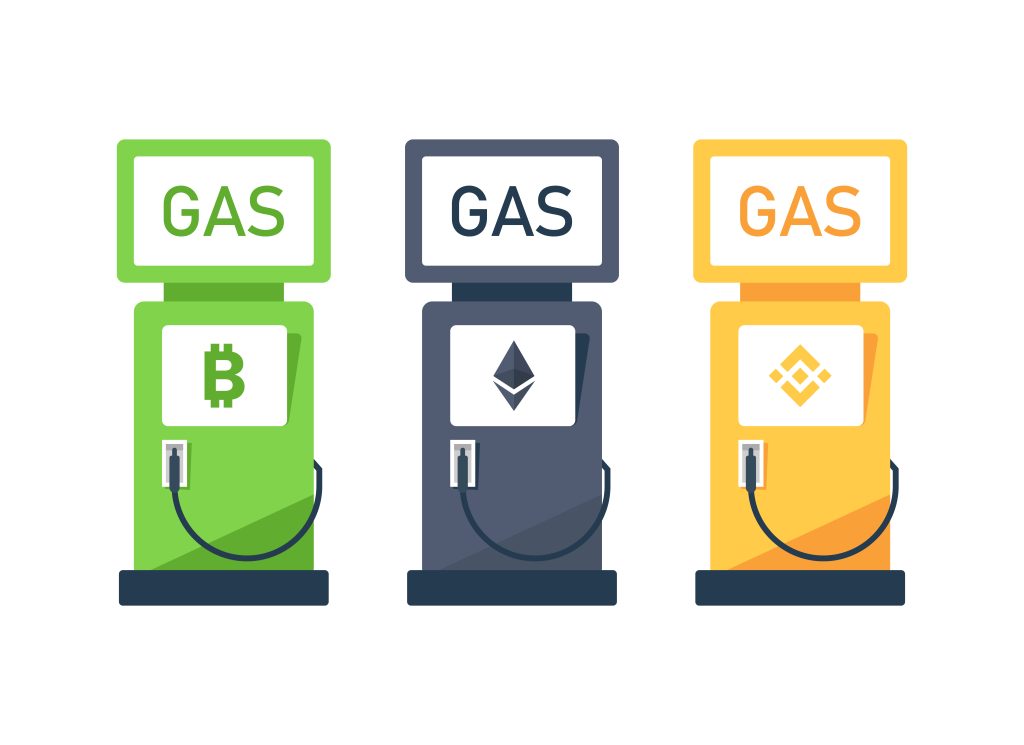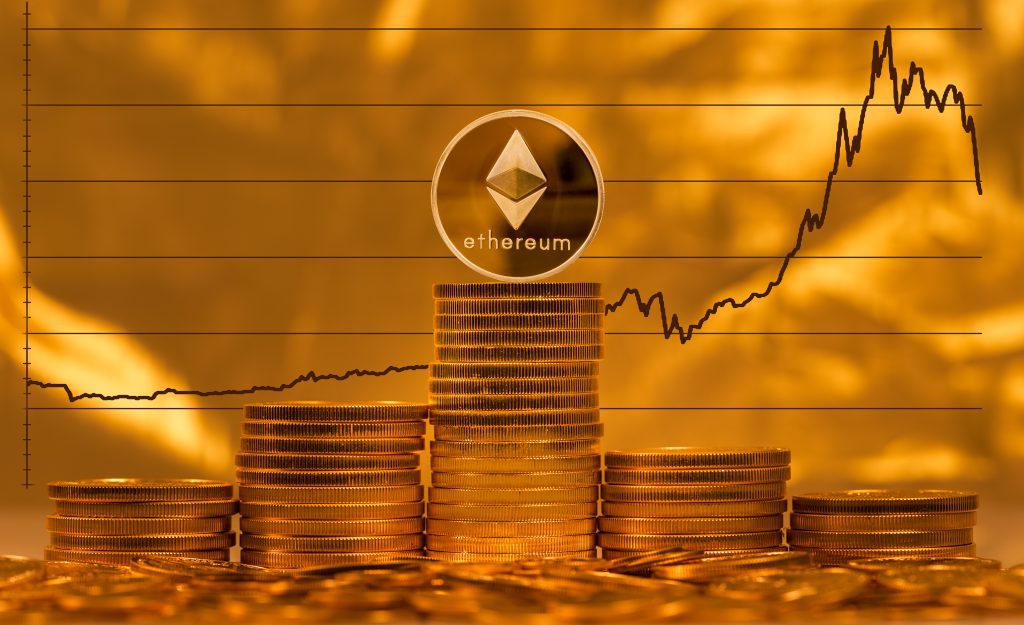Welcome to the world of Ethereum, where decentralized applications and smart contracts fuel the future of the blockchain. As you navigate this ecosystem, you’ll come across to some crypto terms as the concept of gas fees, which play a crucial role in powering transactions and smart contracts on the Ethereum network. In this article, we’ll introduce you to Ethereum gas fees, explain their purpose, and help you grasp the underlying concepts of gas, gwei, and ether. Let’s dive in!
Understanding the Basics: Gas, Gwei, and Ether


Before we delve into the nitty-gritty of Ethereum gas fees, it’s essential to understand the fundamental concepts of gas, gwei, and ether.
Gas
In the context of Ethereum, gas refers to the computational power required to execute a specific action on the blockchain. This could be transferring tokens between wallets, minting a new NFT, or interacting with a smart contract. Each action on the Ethereum network has a specific gas cost, which ensures that network validators are fairly compensated for their efforts in processing and validating transactions.
Gwei
Now that you understand the concept of gas, let’s talk about gwei. Gwei is short for gigawei, which is a denomination of ether (ETH), the native cryptocurrency of the Ethereum network. One gwei is equivalent to 0.000000001 ETH or one billionth of an ether. Gwei is used to price gas fees, ensuring that users pay a fair amount for their transactions without having to deal with fractions of ether.
Ether
Finally, let’s discuss ether (ETH), the cryptocurrency that powers the Ethereum network. Ether is used to pay for gas fees, as well as to facilitate transactions and incentivize validators for their work in securing the blockchain. As the value of ether fluctuates, so does the cost of gas fees, making it essential to understand the relationship between gas, gwei, and ether when using the Ethereum network.
Calculating Ethereum Gas Fees
Now that we’ve covered the basics, let’s dive into how Ethereum gas fees are calculated. The total gas fee for a transaction depends on three factors: gas price, gas limit, and the complexity of the transaction.
Gas Price
Gas price, measured in gwei, is the amount you’re willing to pay for each unit of gas. Users can set their gas price based on their preferences, with higher gas prices leading to faster transaction processing times. However, keep in mind that higher gas prices also result in higher overall gas fees.
Gas Limit
The gas limit is the maximum amount of gas a user is willing to allocate for a particular transaction. This limit serves as an estimate of the computational work required to complete the transaction. If a transaction requires more gas than the user’s set limit, it will fail, and the user will have to resubmit it with a higher gas limit.
Transaction Complexity
The complexity of a transaction plays a role in determining its gas fee. Simple transactions, like transferring tokens between wallets, require less gas than more complex operations, such as interacting with smart contracts. As a result, more complex transactions will generally have higher gas fees.
To calculate the total gas fee for a transaction, simply multiply the gas price by the gas limit. For example, if the gas price is 100 gwei and the gas limit is 50,000, the total gas fee would be 5,000,000 gwei or 0.005 ETH.
Strategies for Minimizing Ethereum Gas Fees
There are several strategies that users can employ to minimize gas fees when interacting with the Ethereum network:
- Timing: Users can choose to perform transactions during periods of low network activity, when gas fees are generally lower. Gas fees tend to be highest during peak hours, so waiting for off-peak times can result in significant savings.
- Gas Price Estimators: Several tools are available to estimate the optimal gas price for a given transaction, based on current network conditions. By using these tools, users can set appropriate gas prices that balance transaction speed and cost.
- Layer 2 Solutions: Layer 2 scaling solutions, such as Optimistic Rollups and ZK-Rollups, can help reduce gas fees by processing transactions off-chain before settling them on the Ethereum mainnet. These solutions can significantly reduce the cost of transactions and smart contract interactions.
- Batching Transactions: Users can minimize gas fees by batching multiple transactions into a single operation. This can be particularly useful when interacting with decentralized finance (DeFi) protocols or performing multiple token transfers.
Ethereum Virtual Machine (EVM) and Gas Fees
The Ethereum Virtual Machine (EVM) is a crucial component of the Ethereum network. It is a decentralized, Turing-complete virtual machine that allows developers to create and deploy smart contracts. The EVM runs the code for these smart contracts and executes transactions while maintaining security and consensus across the network.
Gas fees are intrinsically linked to the EVM, as they serve as the “fuel” for executing transactions and smart contract functions. When a user submits a transaction, it’s processed by the EVM, which calculates the required gas based on the complexity of the transaction. This ensures that users only pay for the computational resources they consume, and incentivizes miners to include transactions in blocks.
Gas Fees as a Security Measure
Gas fees also serve as a security measure, preventing abuse of the network. By imposing a cost on each operation, the Ethereum network discourages malicious actors from spamming the network with unnecessary transactions or launching Denial-of-Service (DoS) attacks. Consequently, gas fees play a vital role in maintaining the stability and security of the Ethereum blockchain.
The Impact of Ethereum Gas Fees on Users


Ethereum gas fees have a direct impact on users in several ways, including transaction speed, affordability, and network congestion.
Transaction Speed
Users have some control over how quickly their transactions process, as they can set their gas price. Higher gas prices make transactions more attractive to miners, leading to faster confirmation times. Conversely, lower gas prices may result in slower processing times, as miners prioritize transactions with higher fees.
Affordability
Gas fees can also impact the affordability of using the Ethereum network. During periods of high network congestion, gas prices tend to increase, making it more expensive to perform transactions or interact with smart contracts. This can be particularly problematic for users with smaller budgets, as high gas fees may deter them from participating in the network.
Network Congestion
When the Ethereum network experiences high demand, gas fees can skyrocket as users compete to have their transactions processed. This can lead to network congestion and slower transaction times, impacting the user experience and potentially causing frustration for those trying to use the network.
The Merge and Its Effect on Gas Fees
The Merge, which took place on September 15, 2022, marked a significant milestone for the Ethereum network, as it transitioned from the energy-intensive Proof of Work (PoW) consensus mechanism to the more environmentally friendly and scalable Proof of Stake (PoS) system. This shift had a considerable impact on Ethereum gas fees. With the new PoS mechanism, validators are selected to propose and confirm blocks based on the amount of Ether they stake, rather than the computational power they provide. This transition has led to a more predictable and stable gas fee environment, as it reduces reliance on miners and mitigates the influence of factors such as mining hardware and energy costs on gas fees. While gas fees may still fluctuate based on supply and demand, the overall impact of The Merge has been to create a more efficient and cost-effective Ethereum network.
Gas Fee Fluctuations: Supply, Demand, and Network Capacity
Ethereum gas fees are subject to fluctuations based on supply and demand, as well as the overall capacity of the network.
Supply and Demand
Similar to any market, gas fees are influenced by supply and demand dynamics. When the demand for transactions increases, users must compete for the limited block space available, resulting in higher gas prices. Conversely, during periods of low demand, gas prices typically decrease, as there is less competition for block space.
Network Capacity
The Ethereum network has a limited capacity for processing transactions, which is determined by the block gas limit. Miners can vote to increase or decrease this limit, adjusting the network’s capacity. When the network is operating near its capacity, gas prices tend to increase, as users compete for the limited space in each block. Conversely, when the network has ample capacity, gas prices generally decrease, as there is less competition for block space.
Future Developments: Ethereum 2.0 and Gas Fee Improvements
As the Ethereum network continues to evolve, there are ongoing efforts to address the issue of high gas fees and improve the overall user experience. With the completion of The Merge, the Ethereum 2.0 upgrade is well underway, bringing increased scalability, security, and efficiency to the network. Additional improvements include the implementation of Layer 2 scaling solutions, such as rollups, which can significantly reduce gas fees by performing transactions off-chain and then settling them on the Ethereum mainnet.
Moreover, Ethereum developers are working on further optimizations, including proposals like EIP-1559, which aims to make gas fees more predictable by introducing a base fee mechanism that adjusts based on network congestion. These developments and innovations demonstrate the Ethereum community’s ongoing commitment to addressing the challenges of gas fees and ensuring the network remains accessible and cost-effective for all users.









